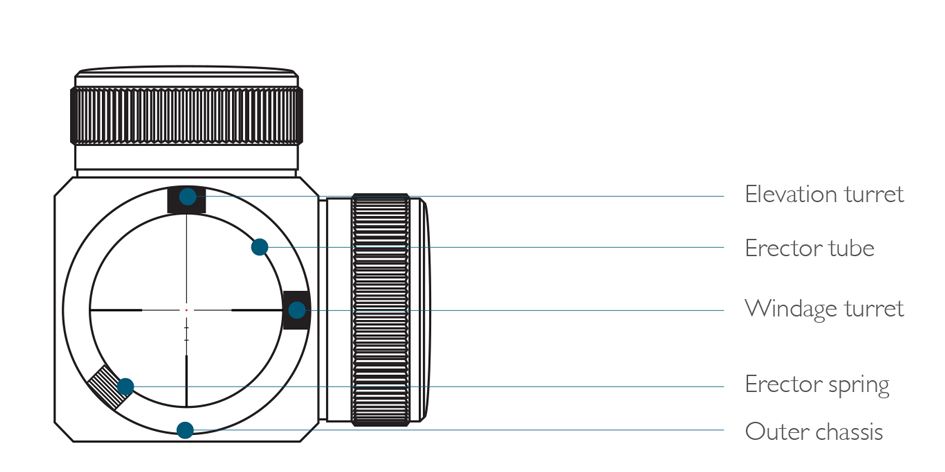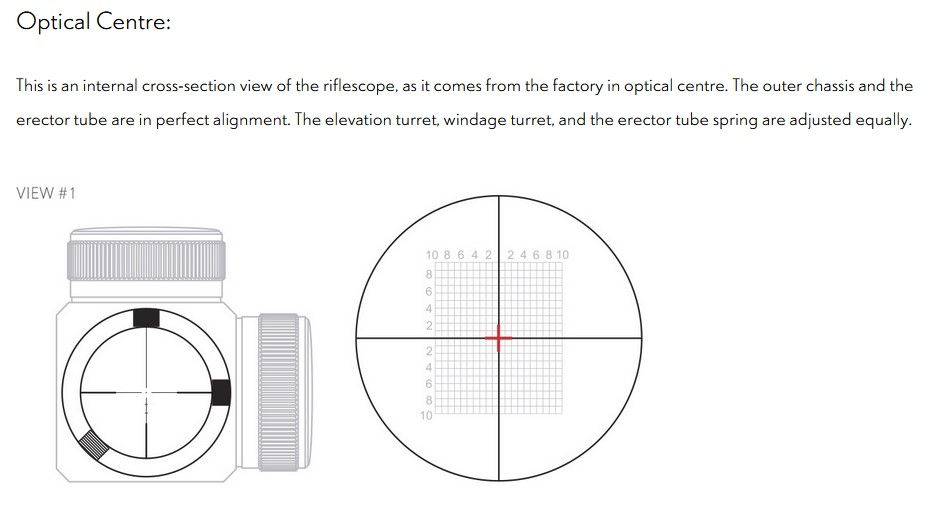One of the most common scope issues we get, is that the scope is losing zero. New scopes that zero and then lose it. Older scopes that used to hold zero and now lose it.
In the majority of cases, if the scope is sent back, it is checked and is fine. It goes into the pre-owned category, is resold at a discount and no problems are reported by the new owner.
categoty
Experience in over 20+ years of scope sales, that will be echoed every scope retailer or manufacturer is that there is about a 5% possibility that the scope is faulty. In 95% of cases other factors are at play. the good news is that in most cases it can be fixed and knowing how to fix is actually a skill any scope user should have.
For this reason, major brands like Hawke have a lot of online support pages devoted to the subject. In this post I will curate this excellent advice (see it here) and add a bunch of our own hints, tips and hacks that we have picked up over the years.
Why a scope loses Zero or has Point Of Aim (POA) Scatter
Symptom - The scope is losing zero and the imapacts are wandering about. It is natural to blame the scope, as after all, the scope is losing zero! Especially if it is new and replacing one that was OK. Or has been OK and has started to drift.
But before jumping to conclusions lets look at why it may be losing zero.
Basis - A scope is a complex optical device where millimetres or less are critical. It has a number of adjustment mechanisms that can be adjusted correctly or incorrectly. In addition, how it interfaces with the rifle via mounts - mounts on scope and mounts on rifle plus the rifle itself, ammunition in use, shooting position and associated accesories are all factors that can influence accuracy, or loss of.
First step - Remove scope from rifle and mounts
Scope Internal Function
If you understand the interior function of a scope you will understand better how to handle what those who do not see as defect.
A scope is not just the tube you see. There is another tube inside called the erector tube. The external turrets that adjust the reticle up and down and left to right, press onto the erector tube which is supported by a spring known as the the erector spring. When you click those turrets they move the erector tube up-down and left-right in a 360 degree circle on a plane

So it follows that scopes only have so much movement available on each adjustment turret.
That's what the scope specification means, e.g.,
- 40 MOA range elevation in 1/4 MOA clicks = 40 Minutes Of Angle total up and down = 20 up, 20 down.
- In 1/4 increments = 80 clicks up, 80 down.
- Note also that using clicks on one turret reduces what is available on the other turret. So if a lot of windage has been used it reduces how much elevation is available.
- Bit of a side topic but this is the most common reason for running out of elevation at shooting distances that should be no problem to adjust for. Tip - Always do elevation first as it needs more adjustment.
Back on topic - drifting zero point - Over-adjustment - The most common cause
In this example the turrets have been adjusted up and right too far so that the erector spring no longer supports the erector tube. When this happens, the erector tube holding the reticle “free floats” and you have Point of Impact issues. This is the most common loss of zero cause. 
This is a major reason for older scopes that were OK "becoming defective" the user has been making small adjustments over time, compensating back and forth and eventually overwinds to produce the above effect.
New scopes "should" arrive optially centred as suggested in the Hawke image below but we have found they often are not. New user assumes it is centered and adjusts away only to overwind. 
Mounting - The number 2 cause of problems.
Even if the scope is at optical centre and adjusted correctly mounting error can cause aim drift.
- Too loose on base and/or top rings - clearly this will cause scope slippage and apparent aim drift.
- Too tight = Can pinch the erector tube, even damage the scope. See great Vortex article here on how to torque (tighten) correctly. opens in new window
- Torque top rings that hold the scope 15-18in-lbs - NO MORE. DO NOT USE thread locker.
- Uneven adjustment - do not tighten each screw to the 15-18 level one at a time, it causes uneven preessure, can cant the scope and cause issues.
- Stop pins - if mounts have a stop pin ensure it is in the stop hole. If there is no hole do no use it. It will skate on top of the rifle and cause probs.
Others - from the file of years!
- Try the rifle without the silencer (if fitted). Silencers can affect velocity between shots and should not be used when zeroing.
- Air rifles - Chrony pellets speeds, it has been known for variable velocity pellets (dodgy batch) to cause POA scatter effect.
- Shooting distance - air rifles in particular - At the limit of an air rifles range, for example 50m you will get some scatter regardless of how well it is zeroed as the pellets are losing velocity and going loopy.
- Ensure rifle springs etc are correct tension. If possible test scope on a different rifle. Has been done and user found old springs were the problem.





